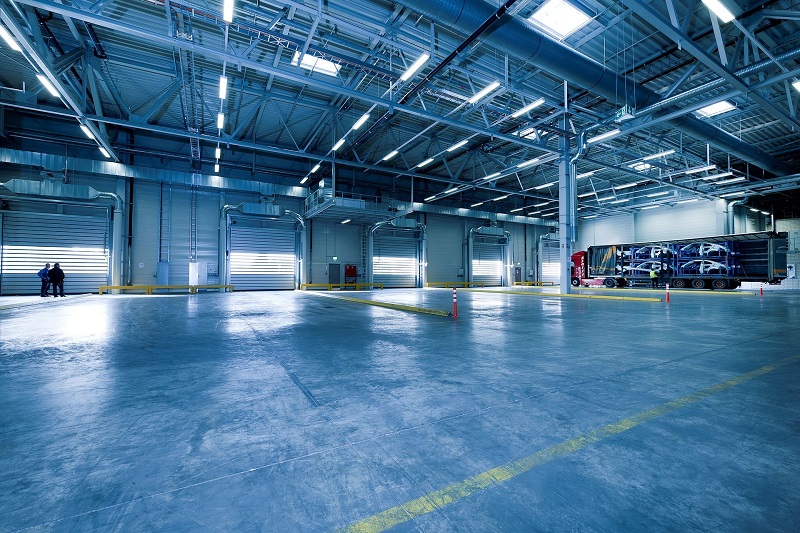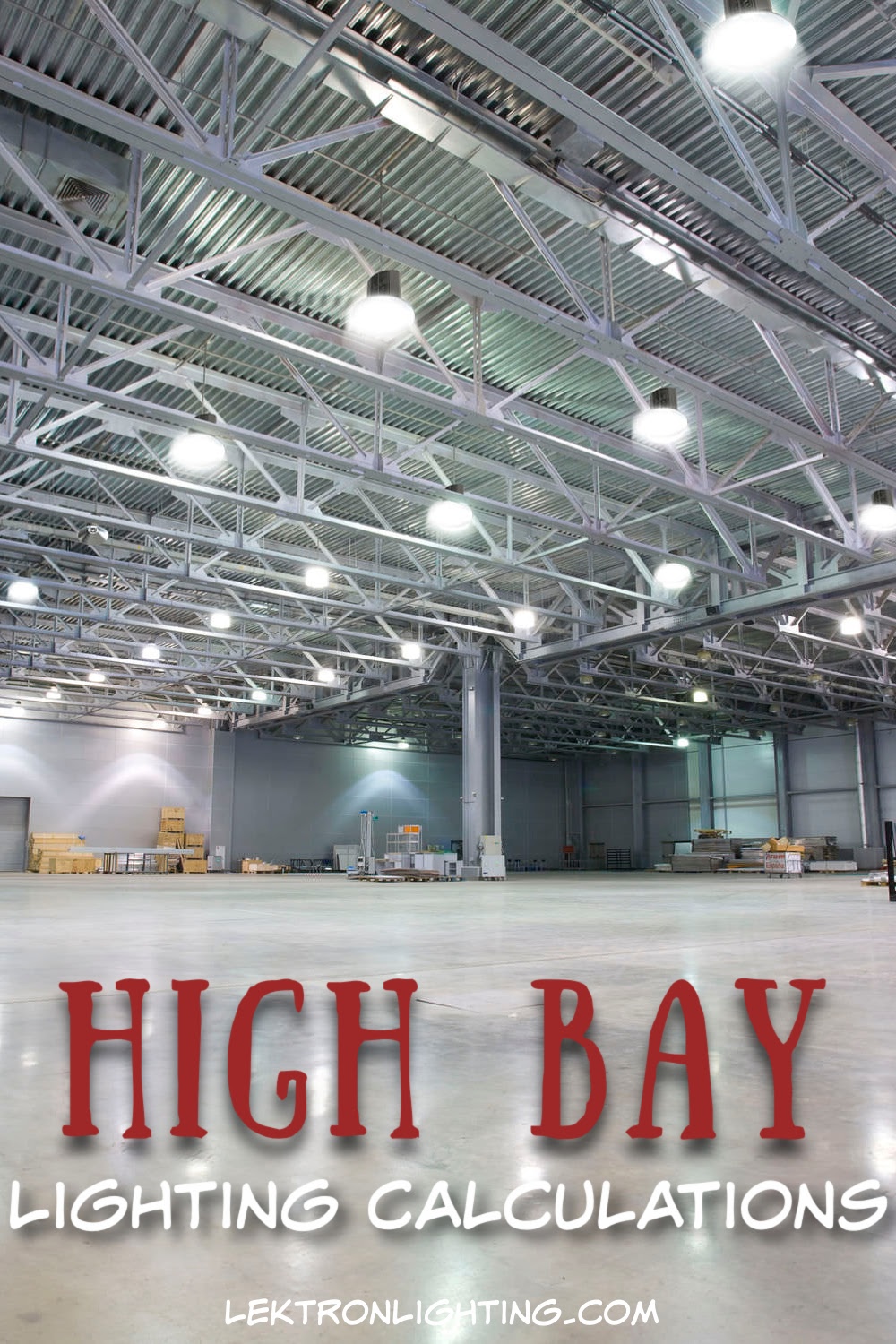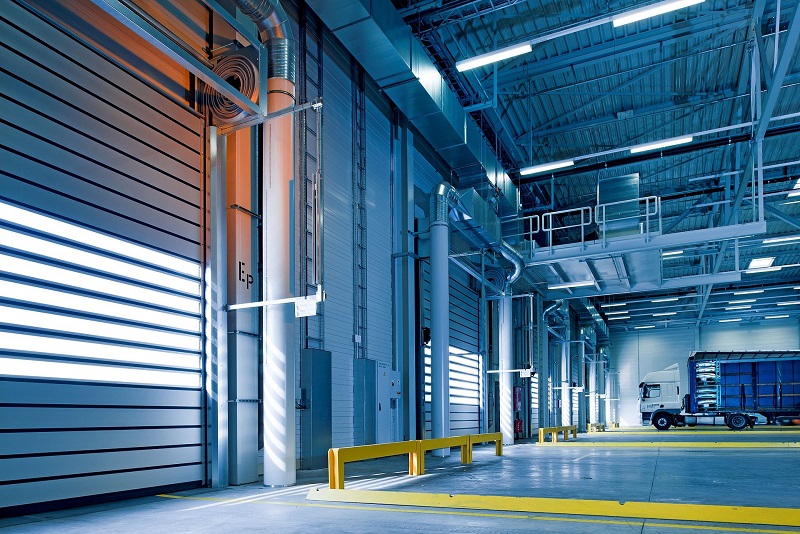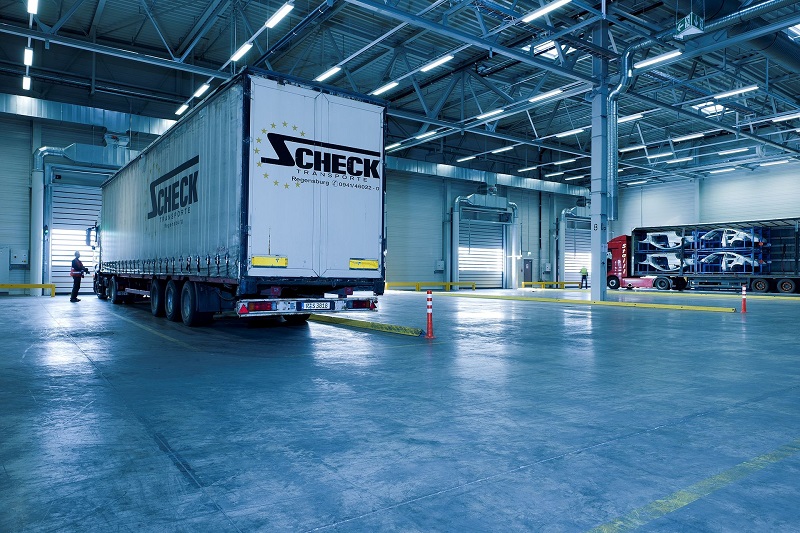Lighting a business is quite different than lighting a home. We often just use whatever light source was built into the home and call it a day. But a business is more focused on the amount of energy it uses and how much money is spent on that energy. That is why we need things like an LED high bay lighting calculator.
High Bay Lighting
An LED high bay lighting calculator tells you how many fixtures you need and how many lumens are needed to light a space properly. High bay lighting is often used in warehouses. Warehouse lighting needs to be thought through before any work is done adding the lighting. The goal is to ensure that there is not an overuse of power which could lead to high energy costs. That makes the goal clear, use only what is needed and spend only what is required. Not a penny more. But getting to that goal is a little more complicated than plug and play like at home. That is when an LED high bay lighting calculator can really make a difference.
LED Lighting
Businesses can get a head start with energy savings by focusing on LED lighting instead of regular lighting. LED lighting is measured in lumens rather than Watts. However, to better understand the difference we will use Watts. A 400-Watt LED bulb will provide you with the same amount of light as a 100-Watt metal halide light. That is far less energy and way more savings by simply switching out one bulb. However, warehouses have far more than just one bulb. The LED high bay lighting calculator will be able to help you determine how many fixtures are needed in a space.
Height is Everything.
Light fades as it travels, easy enough. The questions are, how much does it fade and over what distance? There is an easy answer to it all but warehouses aren’t always built the same. That is why a calculator can come in handy. For example, an LED bulb that produces 10,000-15,000 lumens will work for ceilings that are 10-15 feet high. You can use that to base your decisions on but there is still the question of how many fixtures are needed in a space. You can say that you need 12 feet between each fixture for that same space of 15-foot ceilings. A basic rule would be to add 5 feet of space between each fixture for every 10 feet added to the height of the ceiling. That means a 25-foot ceiling will have 17 feet between each fixture and so on.




